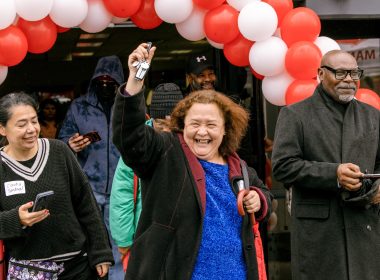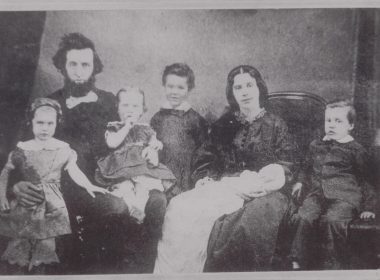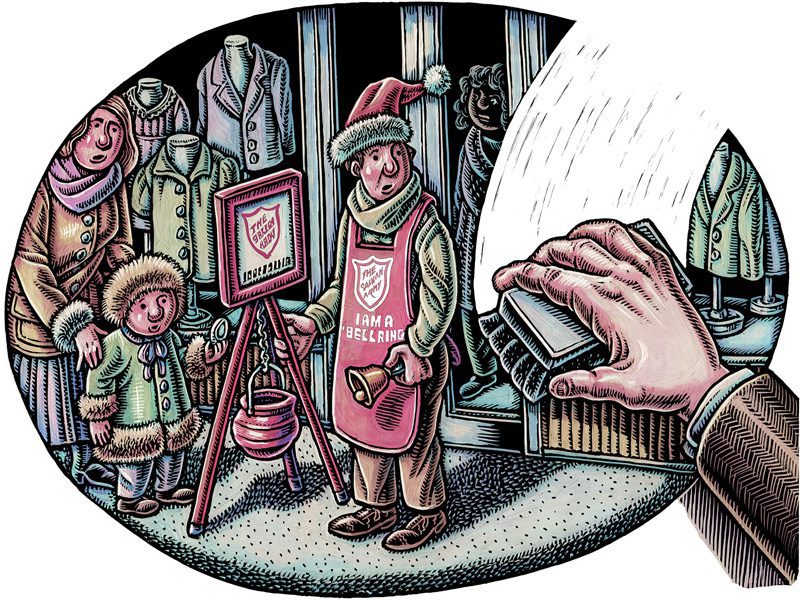Making the impossible possible
by Robert Docter –
Here are some words to which we must give meaning, not simply with our brains alone, but with our total self:
possible adj. something that may be, can be or can happen
possibility n. a fact that something is possible
possibly adj. perhaps, maybe
Commissioner Swyers is big on the notion of “possibility thinking.” I’m very pleased about that because I am, too. We’re in good company. What’s it all about?
President John Kennedy believed that it was possible for this nation to put a man on the moon and return him safely to earth within the decade of the sixties. He announced it as a goal in 1961. Eight years later, on July 20, 1969, Neil Armstrong took his very memorable “giant step for mankind.” It wasn’t accomplished without risk. It demanded dogged persistency through crises and triumphs. It happened because the goal inspired thousands of us and generated our commitment to it. The impossible had become possible. Kennedy was a possibility thinker who achieved his dream.
Robert Schuller, about a decade earlier, preached every Sunday morning while standing on the roof of the refreshment stand in the middle of an Orange County drive-in theater. His congregation never got out of their cars. They drove in, parked, connected their drive-in speaker to the car window on Sunday mornings, and he would preach about the love of God and the power of believing that things thought to be impossible might not be. He dreamed of a glass cathedral with a massive swinging window before which people could park their cars and hear the message along with a few thousand inside. By 1960 he was going strong in the nation’s first mega-church, his glass cathedral. He once said: “Let your imagination release your imprisoned possibilities.”
William Booth was a hero of the Methodist New Connexion and a “dissenting minister.” Church leaders didn’t want him wasting time on the poor. He started a tent meeting among the teeming population of the spiritually destitute, morally depraved, socially outcast and economically oppressed population of east London. Other churches ignored the East End toughs and the Miles End “waste.” They saw it truly as “the end.” Not Booth. He learned to dodge the bottles and duck the bricks and speak to them in a language that clearly communicated he cared about them and had a plan of salvation for them. It included both social rehabilitation and spiritual regeneration. He once said about the worldwide Army he created: “Your Salvation Army has been made to accomplish the impossible, and conquer that which to human calculations cannot be overcome.” He ignored the impossible and made it possible.
Here are some words that we must engage with all parts of our being:
future orientation adj, n. plans, aspirations, expectations and fears concerning probable events in the near or distant future
aspiration n. a strong, prolonged, desire or longing to achieve a goal
persistence adj. continuing or inclined to go on resolutely in a course
Martin Luther King, Jr. had a strong future orientation and told the nation about it in a memorable speech on August 28, 1963 before the Lincoln Memorial in Washington, D.C. Towards the end of the speech he captivated his audience in Washington as well as in homes across America. “Let us not wallow in the valley of despair,” he said. “I have a dream … I dream that one day this nation will rise up and live out the true meaning of its creed: We hold these truths to be self evident, that all men are created equal.”
It all started on December 1, 1955. King was a pastor at the Dexter Avenue Baptist Church in Montgomery, Alabama, when Rosa Parks, a black woman, was arrested because she refused to surrender her seat to a white man on a Montgomery bus. Thus began The Civil Rights Movement, the epic struggle against legally sponsored racism and another vital step in America’s 200-year effort to assure the promise of the Declaration of Independence. The changes it precipitated ten years later ended legally sponsored racism. It did not end the racism we still carry in our hearts—a practice that pushes Jesus out.
King’s dream was a future orientation—a statement of direction he intended to pursue. He knew the challenge he wanted to confront. He knew he wanted to achieve it peacefully and was willing to persist in his aspiration to achieve that end. Five years later he was dead from a coward’s bullet.
Not all of us have the opportunity to build cathedrals or create organizations or to lift man from the chains of earth to the moon. Nevertheless, all of us are confronted by challenges that test the measure of our future orientation—of our possibility thinking. Some change “possibility” to “possibly” and, thus, never get started at all. Some fail to clearly know what the issue is they seek to achieve. They spin their wheels for a while and then forget it. Some start well and burn out in the backstretch, unable to persist to the end. It looks impossible. “That’s not the place to get discouraged,” Thomas A. Edison said. We need to have the courage to persevere, the willingness to recognize that aspiration takes perspiration, that the image we have of a future better than the one in which we now exist can be achieved if we press on.











